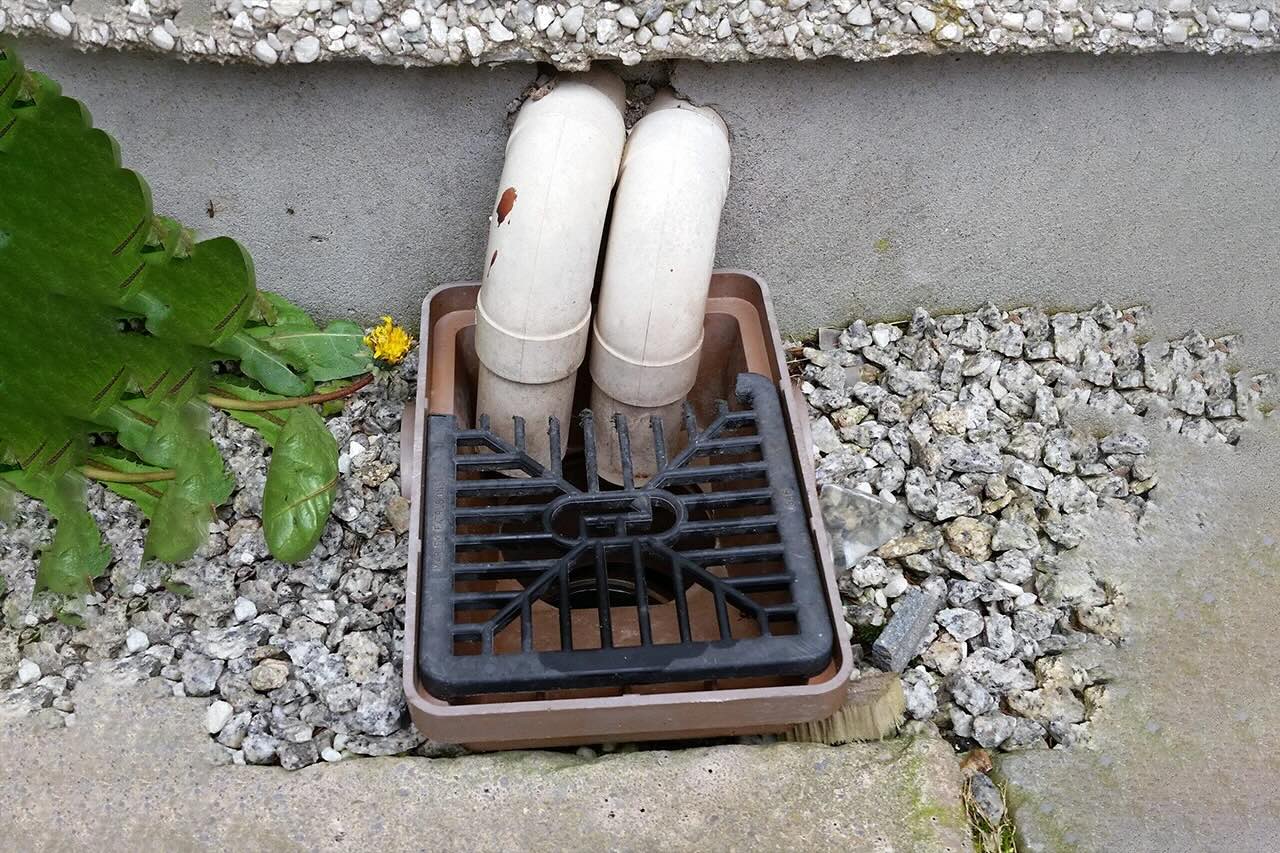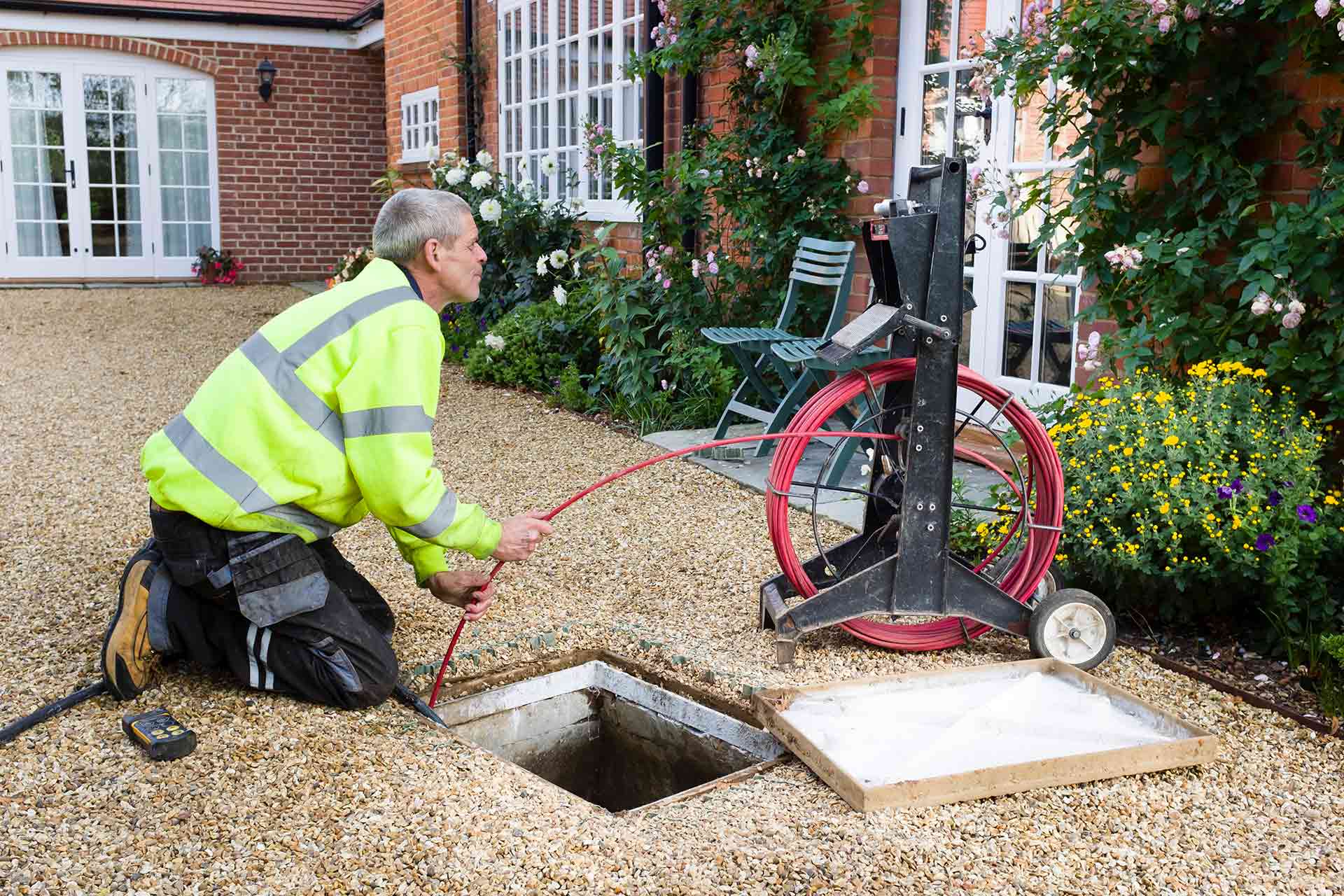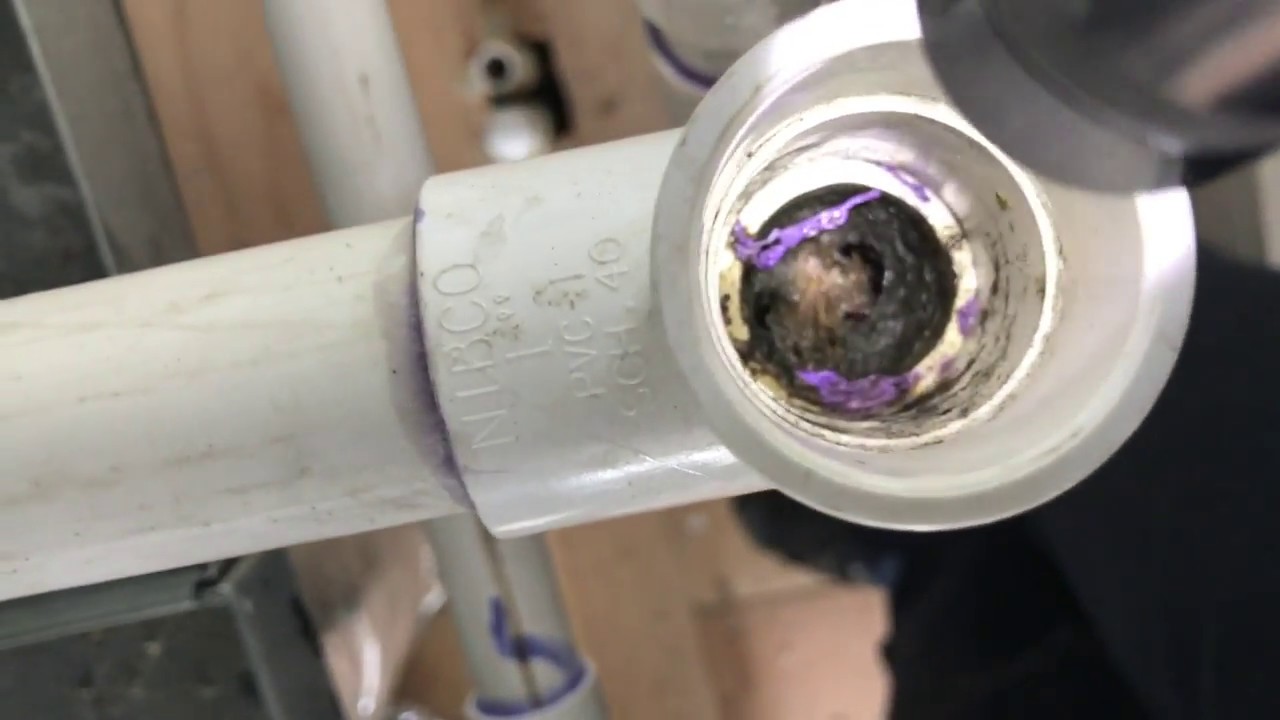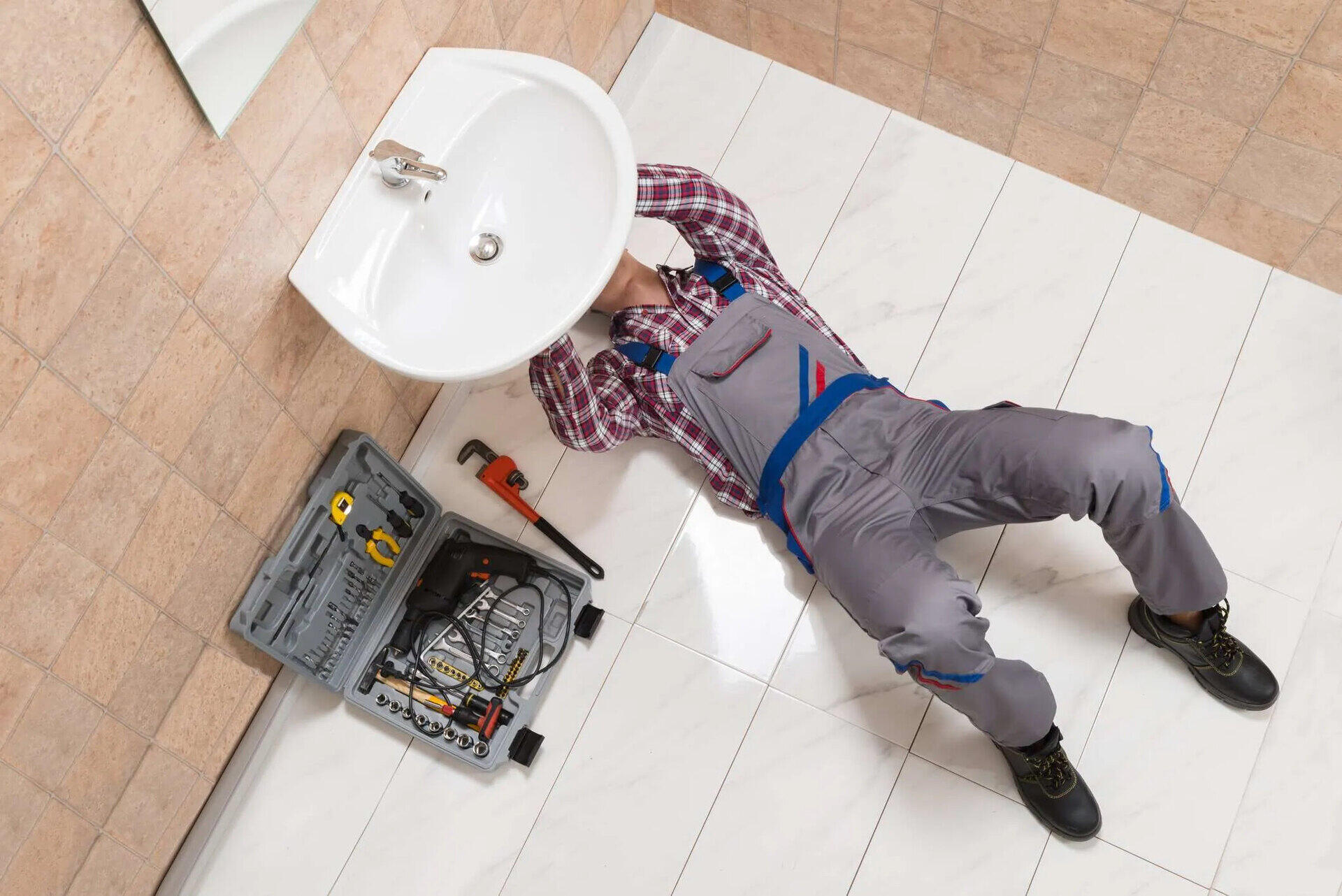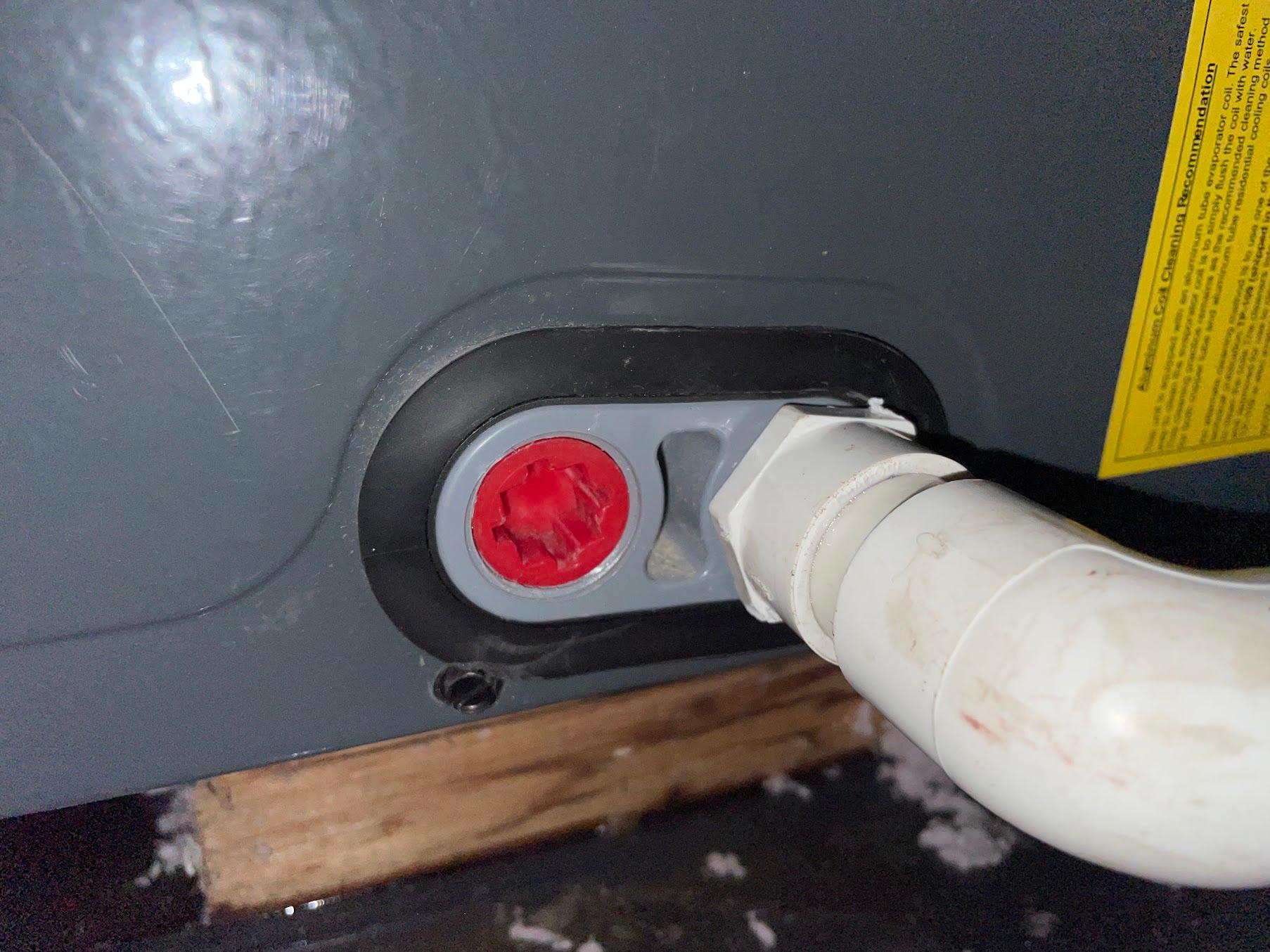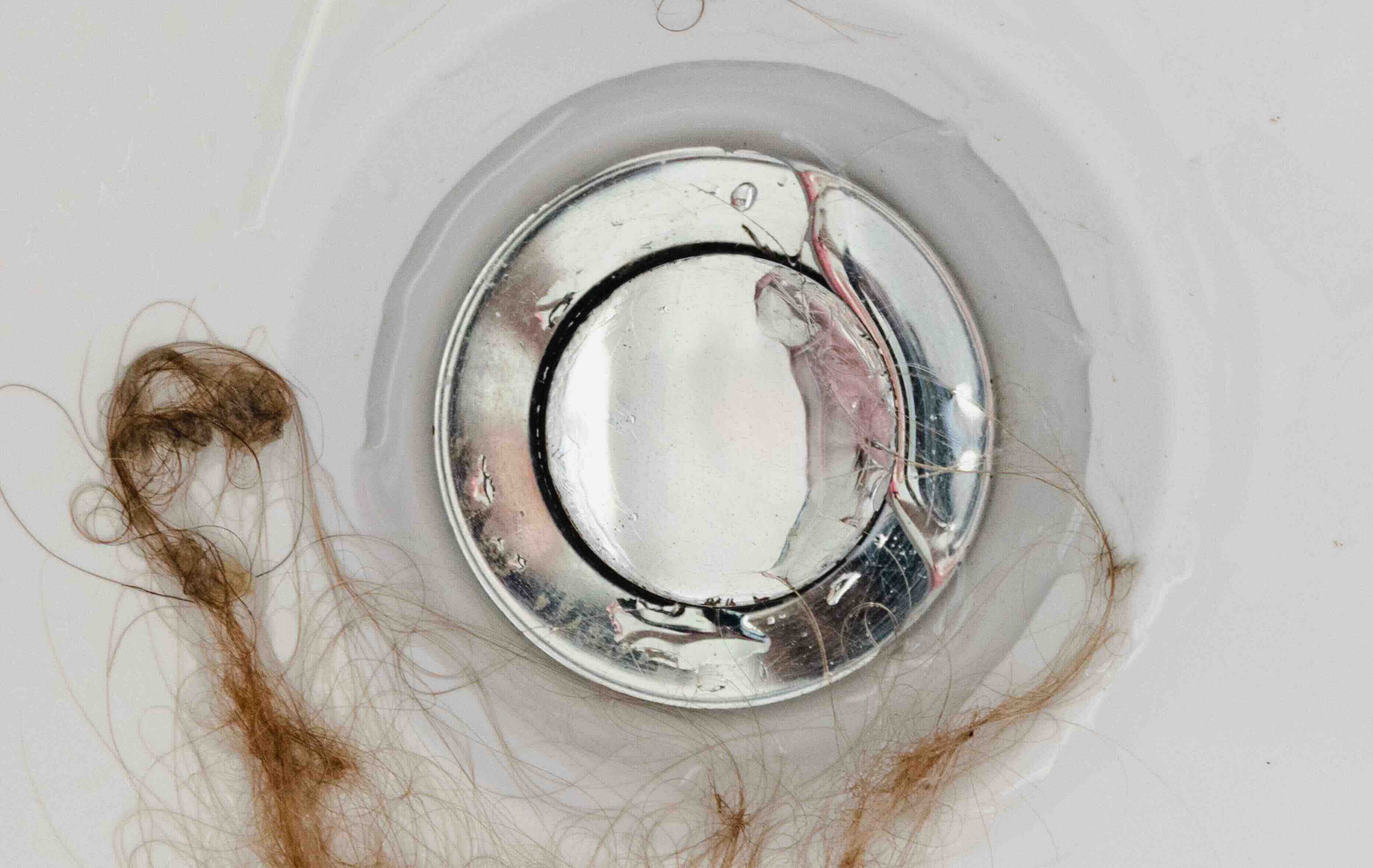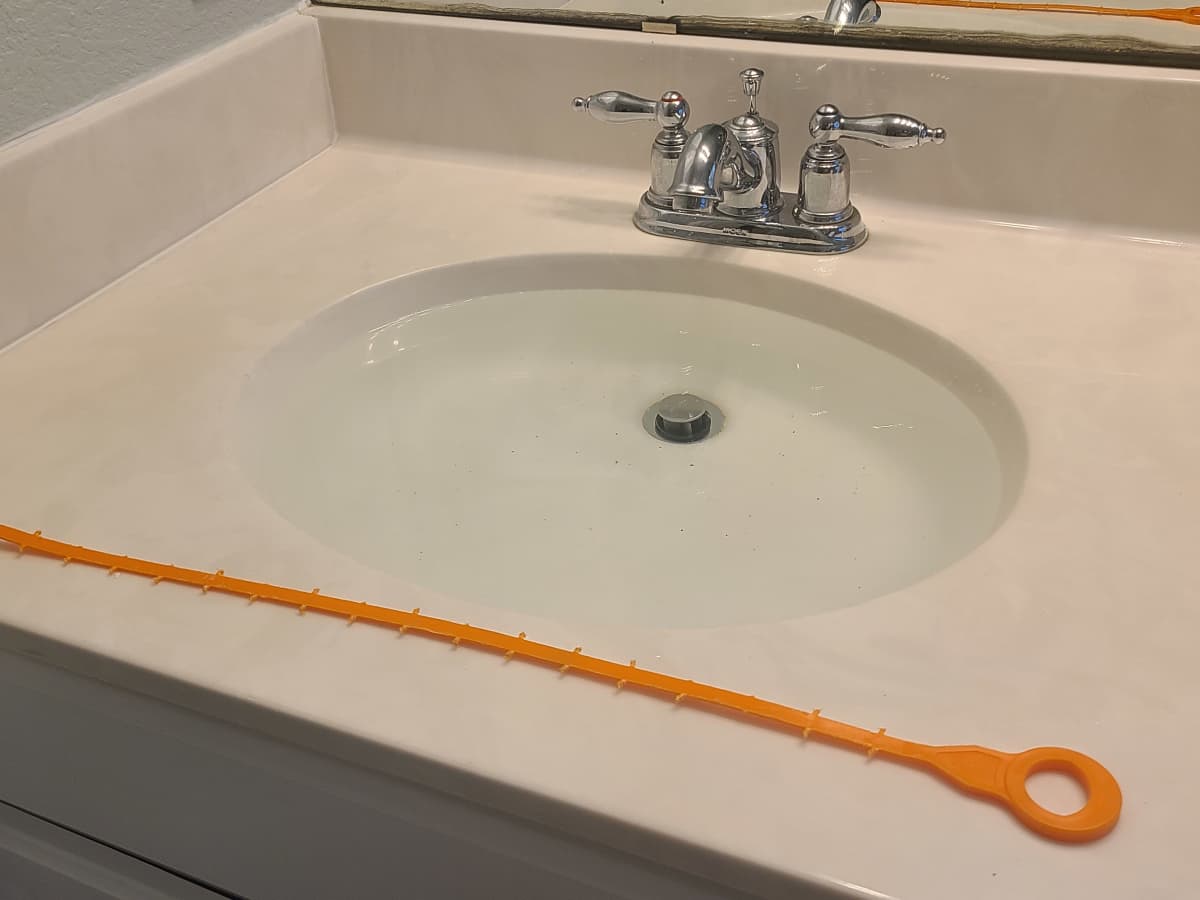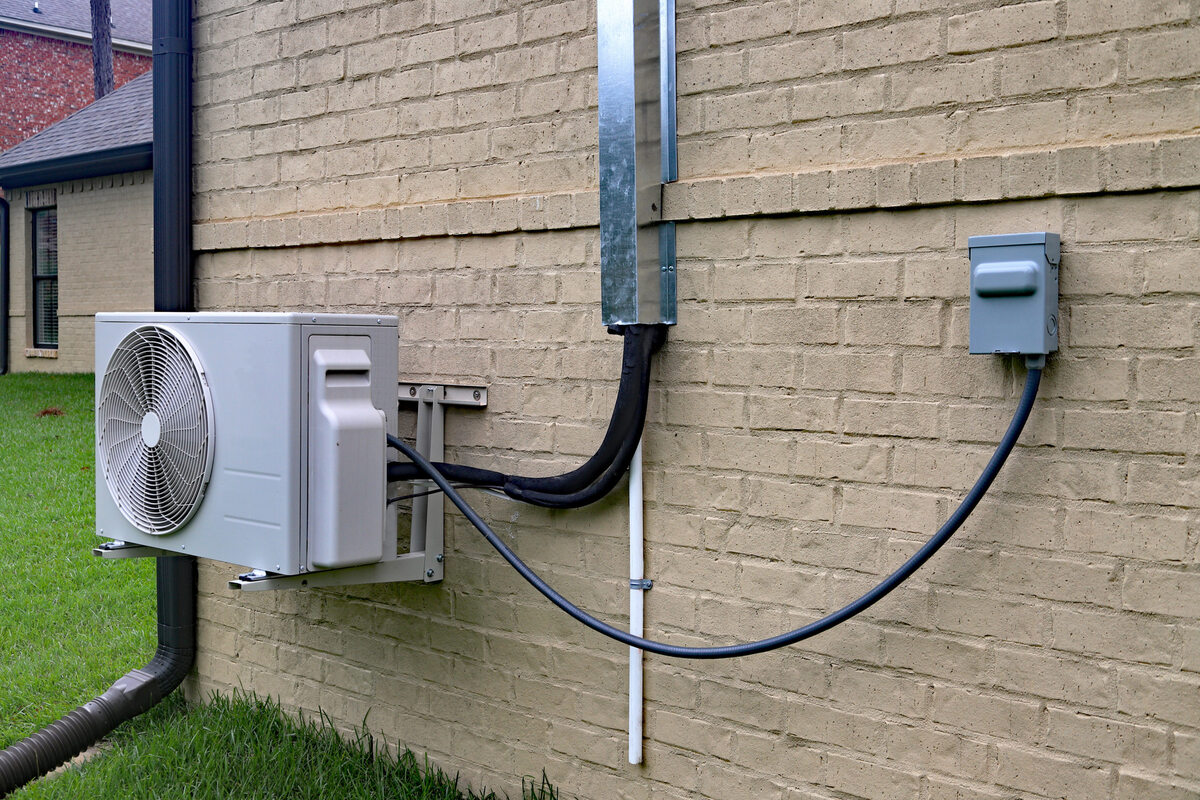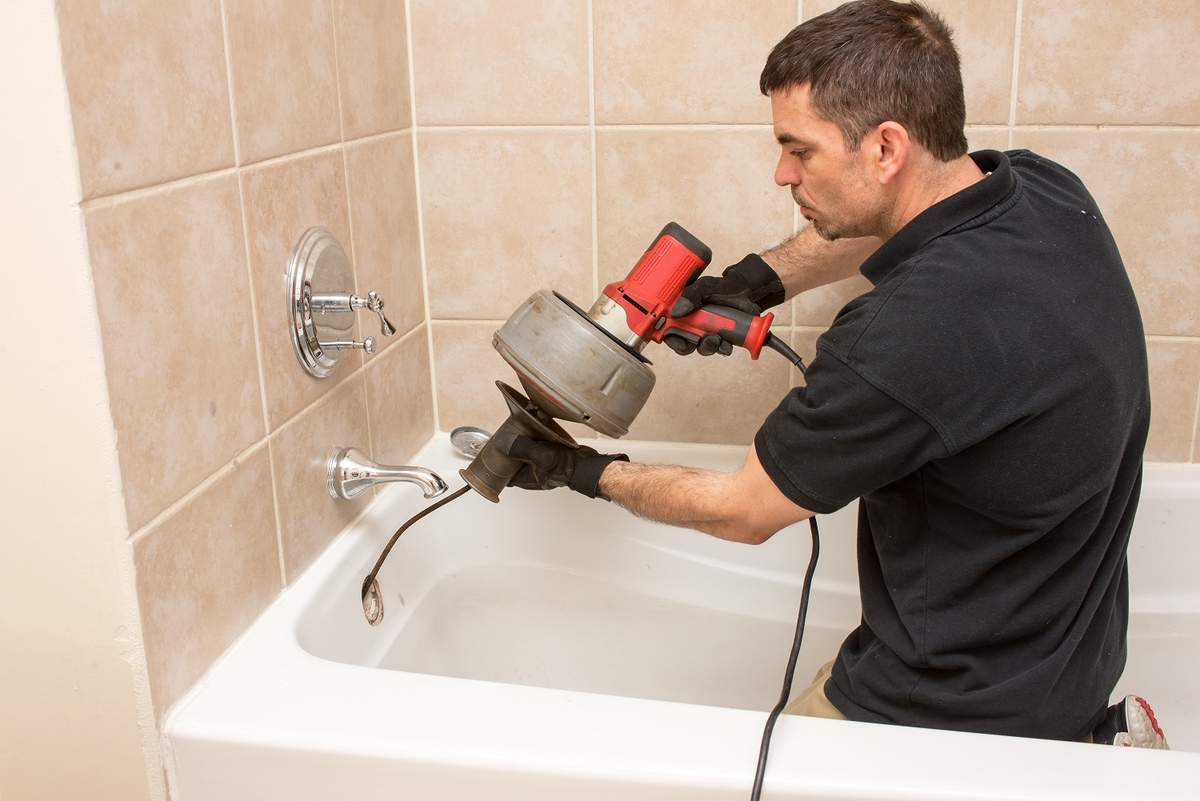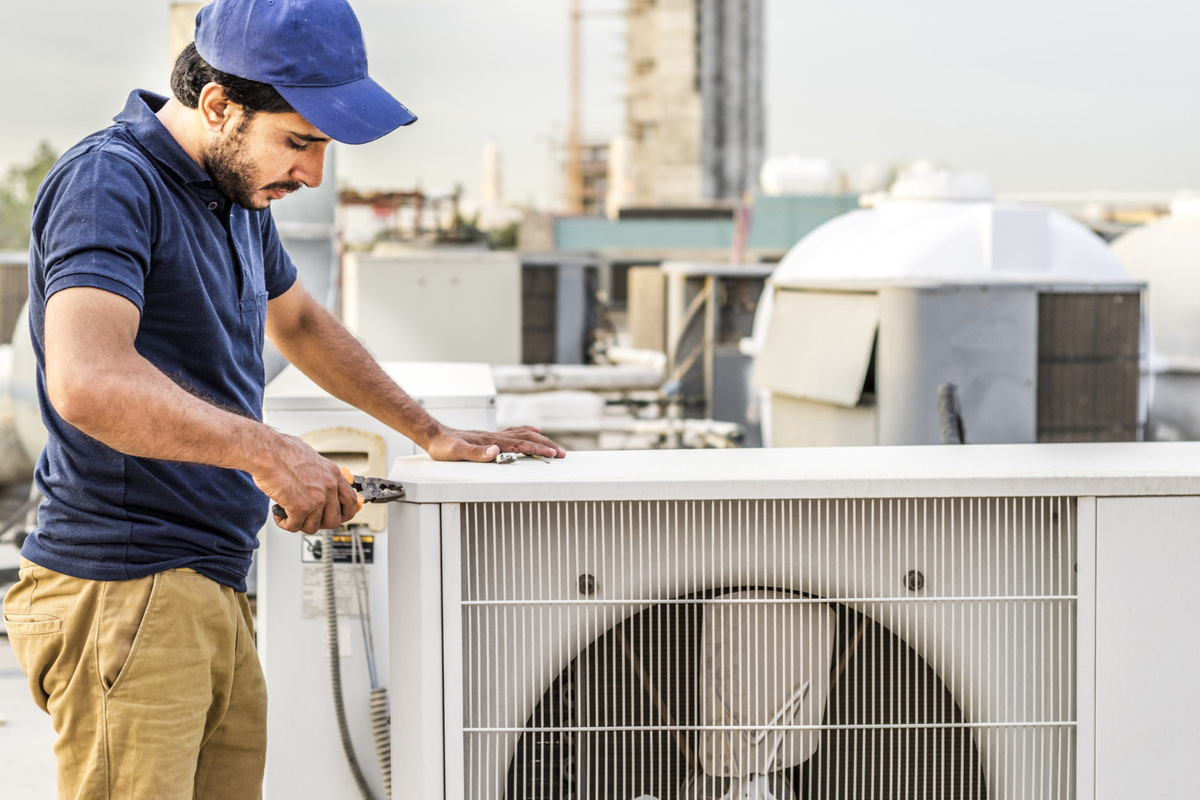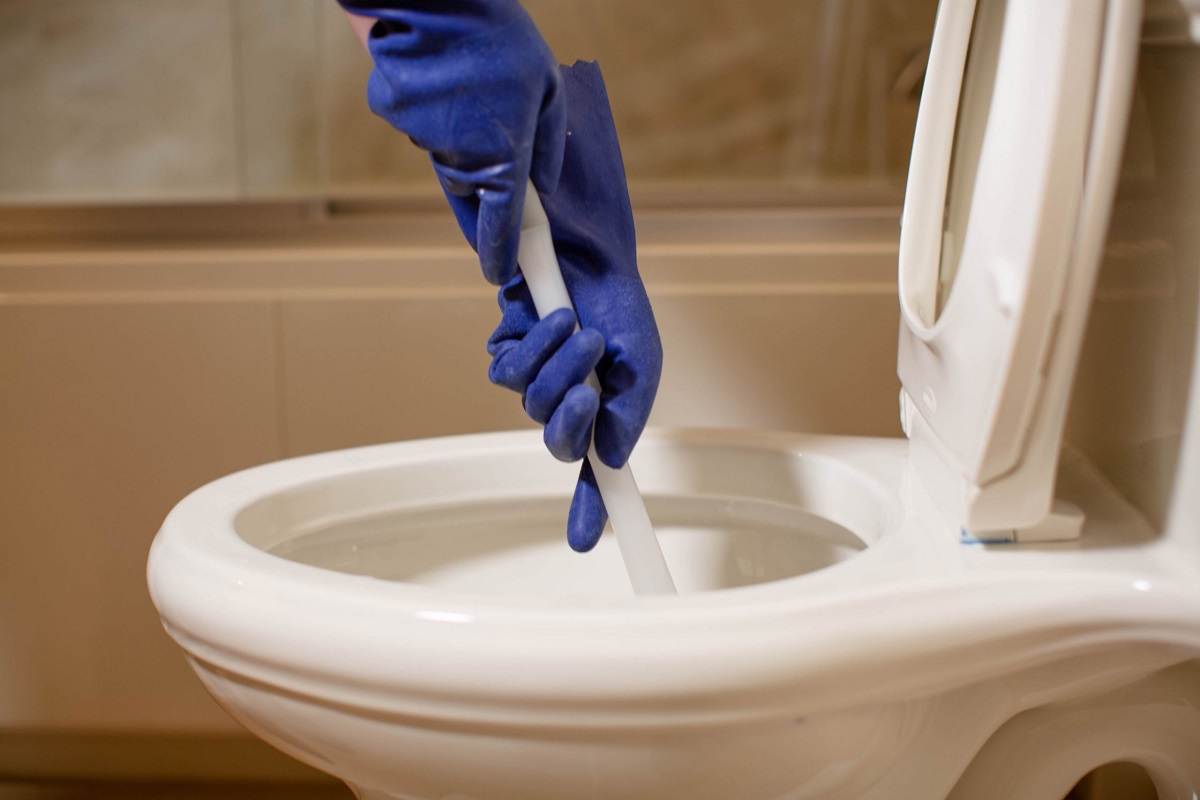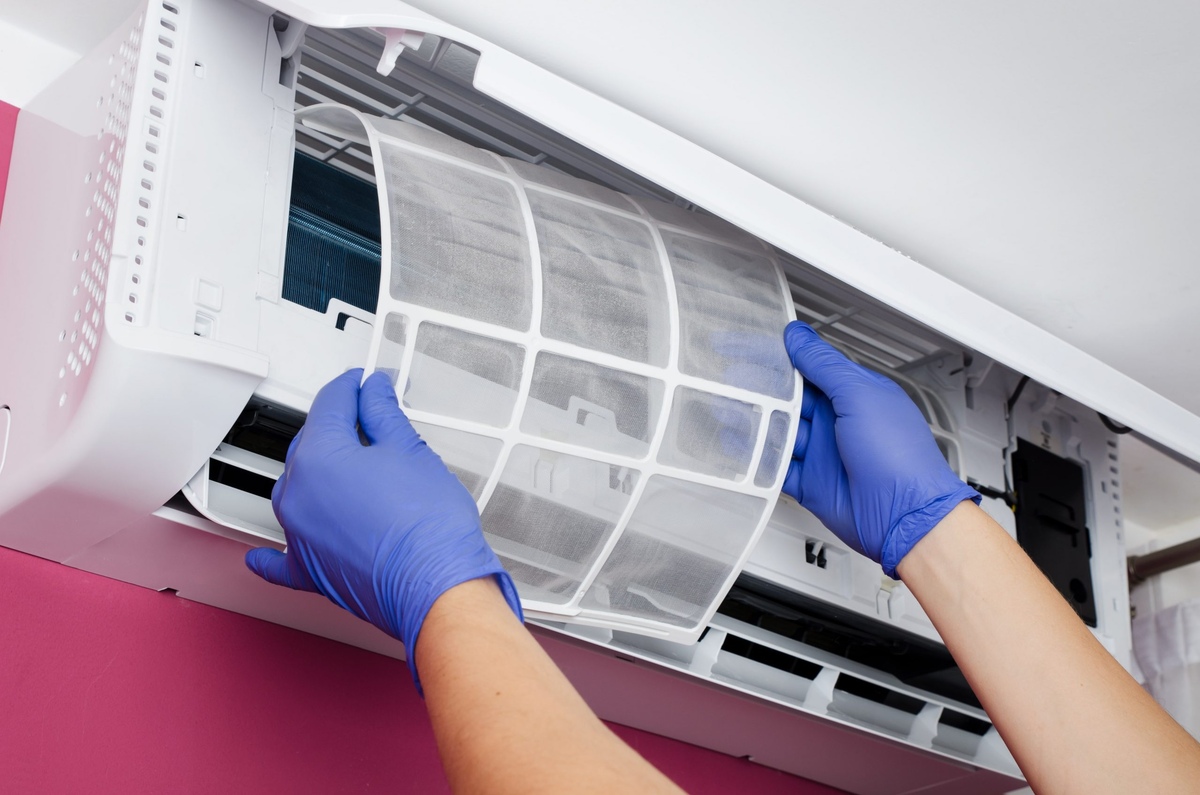Home>Home Maintenance>How To Clear Air Conditioning Drain Line
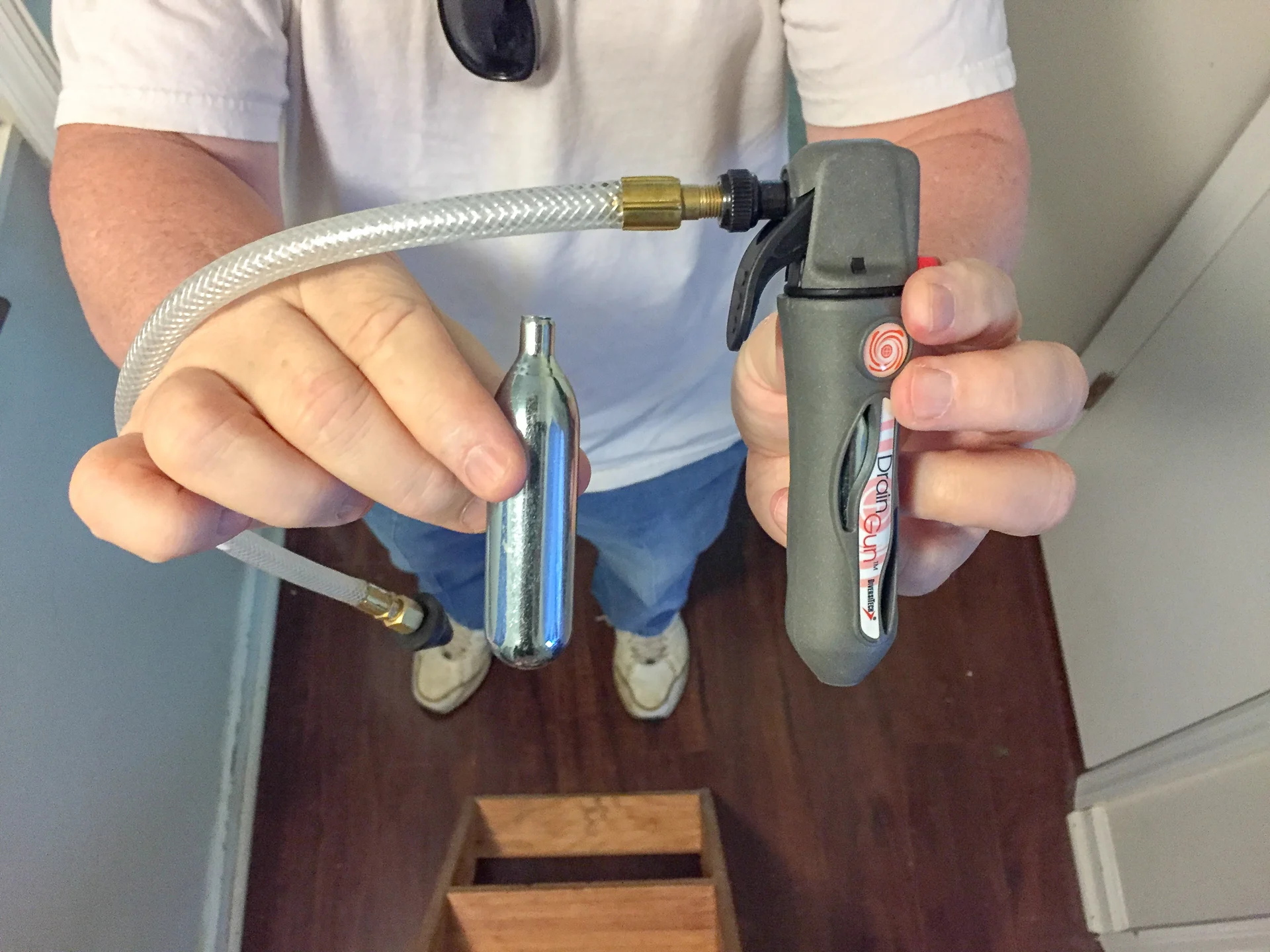

Home Maintenance
How To Clear Air Conditioning Drain Line
Modified: April 23, 2024
Learn how to clear your air conditioning drain line with this comprehensive guide to home maintenance. Prevent potential water damage and keep your AC functioning efficiently.
(Many of the links in this article redirect to a specific reviewed product. Your purchase of these products through affiliate links helps to generate commission for Storables.com, at no extra cost. Learn more)
Introduction
Maintaining a functional air conditioning system is crucial for a comfortable living environment, especially during the hot summer months. However, even the most efficient AC units can encounter issues, such as a clogged drain line. A clogged drain line can lead to a variety of problems, including reduced cooling efficiency, water leakage, and even potential damage to your home.
In this article, we will guide you through the process of clearing your air conditioning drain line effectively. We’ll discuss the reasons why it’s important to address a clogged drain line promptly, the signs that indicate a blockage, the tools and materials you’ll need, and provide step-by-step instructions to get your drain line flowing smoothly again. Additionally, we’ll explore alternative methods for clearing the drain line and offer preventive measures to help you avoid future clogs.
So, if you’re ready to take control of your air conditioning system’s maintenance and keep it running efficiently, let’s dive into the details of clearing your air conditioning drain line. By following these steps, you’ll be able to restore the proper function of your AC unit and ensure a comfortable and cool environment in your home.
Before we jump into the process, it’s essential to understand why clearing the air conditioning drain line is vital. This component plays a crucial role in removing condensation that accumulates within the AC unit. Without proper drainage, the condensate can back up and cause serious issues. Let’s explore these reasons in more detail in the following section.
Key Takeaways:
- Regularly clearing your air conditioning drain line is crucial to prevent water leakage, maintain cooling efficiency, and avoid mold growth, ensuring a comfortable and healthy home environment.
- By following simple preventive measures and addressing clogs promptly, you can keep your air conditioning system running smoothly, extend its lifespan, and enjoy a cool living space.
Read more: How To Clear HVAC Drain Line
Why clear the air conditioning drain line?
Clearing the air conditioning drain line is essential to maintain the efficiency and functionality of your AC unit. Neglecting this task can lead to various problems that can disrupt the cooling process and potentially damage your home. Here are a few key reasons why clearing the drain line is crucial:
1. Prevents water leakage: The primary purpose of the drain line is to remove the condensation that accumulates within the AC unit. If the drain line becomes clogged, the excess condensate will have nowhere to go and can start leaking from the unit. This can result in water damage to your walls, floors, and furniture.
2. Maintains cooling efficiency: A clogged drain line can hinder the proper functioning of your AC system. When the drain line is obstructed, the condensate cannot drain properly, causing the AC unit to work harder to remove moisture from the air. This can result in reduced cooling efficiency, which will lead to higher energy bills and an uncomfortable indoor environment.
3. Prevents mold and mildew growth: Excess moisture trapped in the AC unit due to a clogged drain line creates an ideal breeding ground for mold and mildew. These microorganisms can not only cause unpleasant odors but also pose health risks, especially for those with allergies or respiratory conditions. Clearing the drain line regularly helps prevent the growth of mold and mildew, ensuring clean and breathable air in your home.
4. Reduces the risk of compressor damage: When the drain line is clogged, water can back up and reach the sensitive components of the AC system, such as the compressor. Excessive moisture can damage the compressor, one of the costliest parts to repair or replace in an air conditioning unit. Clearing the drain line regularly helps protect the compressor from potential damage, extending the lifespan of your AC system.
5. Improves indoor air quality: A clogged drain line can lead to increased humidity levels in your home. Excessive humidity creates a favorable environment for allergens, dust mites, and other airborne contaminants to thrive. By clearing the drain line, you effectively reduce the humidity levels and improve the overall indoor air quality, promoting a healthier living environment for you and your family.
Now that you understand the importance of clearing the air conditioning drain line, let’s move on to the next section, where we will discuss the signs that indicate a clogged drain line.
Signs of a clogged air conditioning drain line
Recognizing the signs of a clogged air conditioning drain line is crucial to address the issue promptly and avoid further complications. Here are some common indicators that your drain line may be clogged:
1. Water leakage: One of the most obvious signs of a clogged drain line is water leakage from the AC unit or the area around it. If you notice water pooling around your indoor unit, damp walls, or water stains on the ceiling, it’s likely that the drain line is obstructed and unable to remove the condensate properly.
2. Unusual sounds: A clogged drain line can cause gurgling or bubbling sounds coming from the AC unit. This is typically caused by air bubbles forming in the blocked drain line, and as the condensate tries to pass through, it creates these audible noises. If you hear any unusual sounds coming from your AC unit, it’s important to investigate the cause, which could be a clogged drain line.
3. Reduced cooling efficiency: If you notice that your air conditioner is struggling to cool your home effectively or takes longer than usual to reach the desired temperature, it may be due to a clogged drain line. When the drain line is obstructed, the excess moisture in the AC system can interfere with the cooling process, resulting in decreased efficiency.
4. Unpleasant odors: A clogged drain line creates a stagnant environment that promotes the growth of mold, mildew, and bacteria. As a result, when the air conditioning system operates, these contaminants can be circulated into your living spaces, causing unpleasant odors. If you detect musty, moldy, or foul smells coming from your AC vents, it’s a sign of a clogged drain line that requires attention.
5. Overflowing drain pan: The drain pan, located beneath the evaporator coil of the AC unit, catches the condensate before it flows into the drain line. If the drain line is clogged, the excess condensate will accumulate in the drain pan, eventually causing it to overflow. If you notice water pooling in the drain pan or around it, it’s a clear indication of a clogged drain line.
It’s important to address these signs promptly to prevent further damage and ensure the proper functioning of your air conditioning system. In the next section, we will discuss the tools and materials you will need to clear the clogged drain line effectively.
Tools and materials needed
Before you can start clearing a clogged air conditioning drain line, it’s essential to gather the necessary tools and materials to ensure a successful and efficient process. Here are the items you’ll need:
1. Wet/dry vacuum: A wet/dry vacuum with a hose attachment is an important tool for clearing a clogged drain line. This powerful vacuum can help remove the blockage by creating suction and pulling out any debris or buildup in the drain line.
2. Screwdriver: Depending on your specific AC unit, you may need a screwdriver to access different components, such as the access panel or the cover of the drain line.
3. Algae tablets or bleach: Algae and mold growth are common causes of drain line clogs. Using algae tablets or a mild bleach solution can help prevent further growth and clear the blockage effectively. Make sure to check the manufacturer’s guidelines for using these substances safely.
4. Bucket or towels: To capture any water that may spill or overflow during the clearing process, keep a bucket or towels on hand. This will help prevent any water damage to your surroundings and make cleaning up easier.
5. Pipe brush or wire: For stubborn clogs, a pipe brush or a flexible wire can be useful for manually clearing the obstruction. These tools can help break up and remove any debris or buildup in the drain line.
6. Safe cleaning solution: If you prefer to use a commercial cleaning solution specifically designed for clearing drain lines, make sure to select a product that is safe for your particular AC system and follow the manufacturer’s instructions.
7. Gloves and safety goggles: To protect your hands and eyes during the cleaning process, it’s advisable to wear gloves and safety goggles. This will prevent any potential contact with harmful chemicals or sharp objects.
8. Duct tape or PVC cement: In some cases, you may need duct tape or PVC cement to seal any loose connections in the drain line or between different components of the AC unit to ensure proper functionality.
By gathering these tools and materials before you begin, you’ll be well-prepared to clear the clogged drain line efficiently. In the next section, we will provide step-by-step instructions to guide you through the process.
Pour a mixture of equal parts vinegar and water down the drain line to clear any clogs and prevent future buildup. Repeat every few months to keep the line clear.
Step-by-step instructions to clear the air conditioning drain line
To ensure a smooth and effective process of clearing your air conditioning drain line, follow these step-by-step instructions:
1. Turn off the air conditioner: Start by turning off the power to your AC unit to prevent any accidents or injuries during the cleaning process. This can usually be done by switching off the circuit breaker dedicated to the air conditioner.
2. Locate the access point: Find the access point where the drain line connects to the AC unit. This is typically located near the indoor evaporator coil or the air handler unit. Remove any covers or protective panels to access the drain line.
3. Inspect the drain line: Carefully inspect the drain line for any visible blockages or buildup. You may see debris, algae, or mold obstructing the flow of water. If there is a clog, proceed with the next steps. If not, it’s still a good idea to clean the drain line as a preventive measure.
4. Attach the wet/dry vacuum: Take the hose attachment of the wet/dry vacuum and connect it to the access point of the drain line. Ensure a secure and tight connection to create proper suction.
5. Create suction: Turn on the wet/dry vacuum and let it run for a few minutes. The suction will help remove the blockage from the drain line. Be patient and allow the vacuum to do its work.
6. Flush with a cleaning solution: If the clog persists, mix a cleaning solution of algae tablets, bleach, or a safe commercial product with water, following the manufacturer’s instructions. Pour the solution into the drain line or use a small funnel to direct it into the access point. Let it sit for about 15-30 minutes to dissolve the clog.
7. Vacuum again: After the cleaning solution has had time to work, turn on the wet/dry vacuum again to create suction and remove any remaining debris or dissolved clog from the drain line. This will help ensure that the line is cleared thoroughly.
8. Test the drain line: Once you have completed the vacuuming process, pour a small amount of water into the drain line to check if it flows freely. If the water drains without any issues, it means you have successfully cleared the drain line. If it still drains slowly or gets blocked, you may need to repeat the process or try alternative methods.
9. Reassemble and restore power: After confirming that the drain line is clear, reassemble any covers or protective panels that you removed earlier. Then, turn the power back on by switching the circuit breaker for the air conditioner.
By following these step-by-step instructions, you can effectively clear a clogged air conditioning drain line. However, if the clog persists or you encounter any difficulties during the process, it is recommended to seek professional assistance from a certified HVAC technician. In the next section, we will explore alternative methods for clearing a clogged drain line.
Read more: How To Clear A Slow Bathtub Drain?
Alternative methods for clearing a clogged drain line
If the traditional vacuuming and cleaning solution method don’t successfully clear your air conditioning drain line, there are a few alternative methods you can try. These methods may require additional tools or materials but can be effective in resolving stubborn clogs. Here are some alternative methods to consider:
1. Using a plumbing snake: A plumbing snake, also known as a drain auger or a plumber’s snake, can be useful for clearing tough clogs in the drain line. Insert the snake into the drain line and rotate it to break up the obstruction. Be careful not to damage the drain line while using this method.
2. Flushing with a garden hose: If you have access to the outdoor end of the drain line, you can use a garden hose to flush out the clog. Connect the hose to a water source, such as an outdoor faucet, and direct a strong stream of water into the drain line. This can help dislodge and push out the blockage.
3. Using compressed air: If you have access to an air compressor, you can try using compressed air to clear the clog. Attach a nozzle or blowgun to the air compressor and direct the air flow into the drain line. The pressure from the compressed air can dislodge and remove the obstruction.
4. Seeking professional help: If you’ve tried various methods and are still unable to clear the clog, it may be time to seek help from a professional HVAC technician. They have the expertise and specialized tools to diagnose and resolve complex drain line issues effectively.
It’s important to note that some alternative methods may require caution and expertise to avoid causing damage to the drain line or other components of the AC system. If you’re unsure or uncomfortable with attempting these methods yourself, it’s best to rely on a professional to ensure the proper maintenance and repair of your air conditioning system.
In the next section, we will discuss preventive measures to help you avoid future clogs and keep your air conditioning drain line flowing smoothly.
Preventive measures to avoid future clogs
Taking preventive measures is crucial to maintain the efficiency of your air conditioning system and prevent future clogs in the drain line. By implementing these simple practices, you can minimize the risk of blockages and ensure smooth operation. Here are some preventive measures to consider:
1. Regular maintenance: Schedule regular maintenance for your air conditioning system, including professional inspections and cleanings. A professional technician can clean the drain line and identify any potential issues before they become major problems.
2. Change air filters: Regularly change or clean the air filters in your AC unit. Dirty filters can contribute to clogs by allowing dust and debris to accumulate in the system. Clean filters ensure proper airflow and minimize the risk of blockages in the drain line.
3. Keep the area around the unit clean: Ensure that the area around the indoor and outdoor units of your air conditioner is clear of dust, debris, leaves, and other obstructions. This helps prevent these particles from entering the AC system and potentially causing clogs.
4. Use a condensate drain pan treatment: Consider using a condensate drain pan treatment product, such as tablets or strips, which help to prevent the growth of algae, mold, and bacteria in the drain line. These treatments can keep the drain line clean and reduce the likelihood of clogs.
5. Check for leaks: Regularly inspect your air conditioning system for any signs of leaks, such as water stains, moisture buildup, or unusual sounds. If you notice any leaks, address them promptly to prevent water from reaching the drain line and causing clogs.
6. Maintain proper humidity levels: Keep the humidity levels in your home under control to avoid excessive condensation in the air conditioning system. Consider using a dehumidifier if needed, especially in areas prone to high humidity.
7. Clear the outdoor drain line: If your AC system has an outdoor drain line, ensure it remains clear of debris and obstructions. Check it periodically and remove any leaves, dirt, or other materials that may accumulate around the opening.
8. Educate household members: Teach your family members or household occupants about the importance of taking care of the AC system. Instruct them not to pour any liquids or foreign objects into the vents or return registers, as these can potentially cause clogs in the drain line.
By following these preventive measures, you can significantly reduce the chances of future clogs in your air conditioning drain line. Regular maintenance and attentiveness to your system’s needs will help keep it running smoothly and efficiently.
Let’s conclude the article in the next section.
Conclusion
Maintaining a clear and functioning air conditioning drain line is essential for the efficiency and longevity of your AC system. By regularly clearing the drain line and implementing preventive measures, you can avoid clogs, water leakage, reduced cooling efficiency, and potential damage to your home. Taking the time to address these issues promptly will ensure a comfortable and efficient cooling experience in your living space.
In this article, we discussed the importance of clearing the air conditioning drain line and explained why it is essential to prevent water leakage, maintain cooling efficiency, prevent mold and mildew growth, and protect the compressor. We also provided a detailed list of the signs that indicate a clogged drain line, helping you identify the problem early on.
Furthermore, we provided a step-by-step guide on how to clear the air conditioning drain line using a wet/dry vacuum, cleaning solutions, and alternative methods such as plumbing snakes and garden hoses. These instructions, coupled with the necessary tools and materials, will empower you to address clogs effectively. However, if you encounter difficulties or the clog persists, it is always recommended to seek professional assistance.
Additionally, we stressed the importance of preventive measures to avoid future clogs. Regular maintenance, including filter changes, cleaning the area around the unit, employing condensate drain pan treatments, and controlling humidity levels, will help keep your air conditioning system in optimal condition.
Remember, a well-maintained and clear air conditioning drain line is an integral part of a functional AC system. By following the guidelines provided in this article, you can safeguard against clogs and ensure the efficient and trouble-free operation of your air conditioner.
So, take charge of your AC system maintenance, implement preventive measures, and address any clogged drain line promptly. By doing so, you will enjoy a comfortable and cool living environment while extending the lifespan of your air conditioning system.
Frequently Asked Questions about How To Clear Air Conditioning Drain Line
Was this page helpful?
At Storables.com, we guarantee accurate and reliable information. Our content, validated by Expert Board Contributors, is crafted following stringent Editorial Policies. We're committed to providing you with well-researched, expert-backed insights for all your informational needs.
